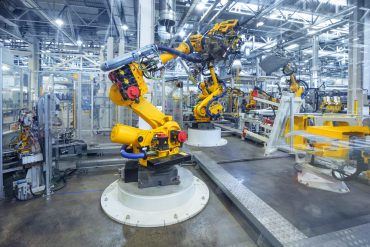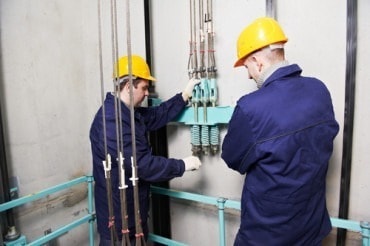
In the news this week: AI-based solutions to help companies get back to work safely, new edge AI computing options, and more.
Keeping pace with news and developments in the real-time analytics market can be a daunting task. We want to help by providing a summary of some of the items our staff came across each week. Here is a short list of some news from this week:
Aruba, a Hewlett Packard Enterprise company, unveiled a suite of workplace solutions for three return to work scenarios – returning to the office and venues, working from home, and ultimately, the office reimagined. With Aruba’s AI-powered, cloud-native networking solutions as their foundation, each scenario provides pragmatic steps organizations can take today to expedite business recovery and implement contact tracing and touchless solutions that enhance the health and wellness of employees and visitors. The Aruba solutions (some developed in concert with Aruba Technology Partners) use IoT and Bluetooth radios already built into Aruba access points and managed from a single pane of glass. The solutions operate on customers’ existing Aruba infrastructure and leverage cloud-based applications that are easy to activate and affordable to deploy. Solutions include contact and location tracking, contactless visitor management, and video and AI-based health monitoring.
Pegasystems Inc. announced Pega Process Fabric, a new cloud-based software architecture designed to radically streamline how organizations drive work across distributed enterprise technologies. With minimal deployment effort, this “platform for platforms” breaks down technology silos to unify work across the enterprise and help improve user experiences. Available through the Pega Platform, Pega Process Fabric combines the power of dynamic APIs, an open UX framework, UI components, robotic automation, and data virtualization to bridge connectivity gaps from end to end. This silo-busting software weaves together enterprise technology from different vendors into a unified “platform for platforms.” While the individual components still operate independently behind the scenes, they act as one cohesive whole to users and customers.
Aetina Corp. announced the new AN110-XNX edge AI computer leveraging the powerful capabilities of the NVIDIA Jetson Xavier NX, expanding its range of edge AI systems built on the Jetson platform. The AN110-XNX combines the NVIDIA Jetson Xavier NX and Aetina AN110 carrier board in a compact form factor of 87.4 x 68.2 x 52 mm (with fan). AN110-XNX supports the MIPI CSI-2 interface for 1x4k or 2xFHD cameras to handle intensive AI workloads from ultra-high-resolution cameras to more accurate image analysis. It is as small as Aetina’s AN110-NAO based on the NVIDIA Jetson Nano platform but delivers more powerful AI computing via the new Jetson Xavier NX. With 384 CUDA cores, 48 Tensor Cores, and cloud-native capability, the Jetson Xavier NX delivers up to 21 TOPS and is the ideal platform to accelerate AI applications. Bundled with the latest NVIDIA Jetpack 4.4 SDK, the energy-efficient module significantly expands the choices now available for developers and customers looking for embedded edge-computing options that demand increased performance to support AI workloads but are constrained by size, weight, power budget, or cost.
BMC unveiled BMC AMI Operational Insight, an AI-driven, forward-looking solution that uses machine learning to detect anomalies and maximize lead time for remediation to mitigate mainframe issues before they become business problems. The BMC Automated Mainframe Intelligence (AMI) AIOps suite envisions a three-part workflow – detect, find, and fix – designed to greatly reduce mean time to repair (MTTR) so operations teams spend less time reacting to issues and more time advancing high-level business initiatives. With BMC AMI Operational Insight, users gain a solution that utilizes machine learning to learn what is normal, detect anomalies, and maximize lead time for remediation, avoiding downtime or system degradation. As an example of how companies can avoid downtime, a global financial services provider has seen the potential benefits of using BMC AMI Operational Insight and the predictive insights it could provide. Through a demo, the company noticed it was able to detect problems two days earlier to avoid a system issue.
H2O.ai announced the availability of H2O Driverless AI integration, an automatic machine learning (AutoML) platform, with Snowflake, the Cloud Data Platform. This new integration enables Snowflake users to easily build and deploy ML models. Driverless AI automates the time consuming and demanding data science and machine learning workflows such as feature engineering, model tuning, and model selection to achieve the highest predictive accuracy within the shortest time. The seamless integration of H2O Driverless AI with the Snowflake Cloud Data Platform is another step towards democratizing AI for all and empowering every company to be an AI company.
If your company has real-time analytics news, send your announcements to [email protected].
In case you missed it, here are our most recent previous weekly real-time analytics news roundups:




























